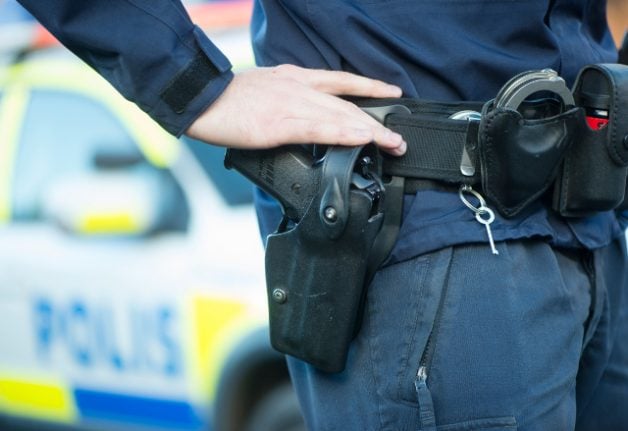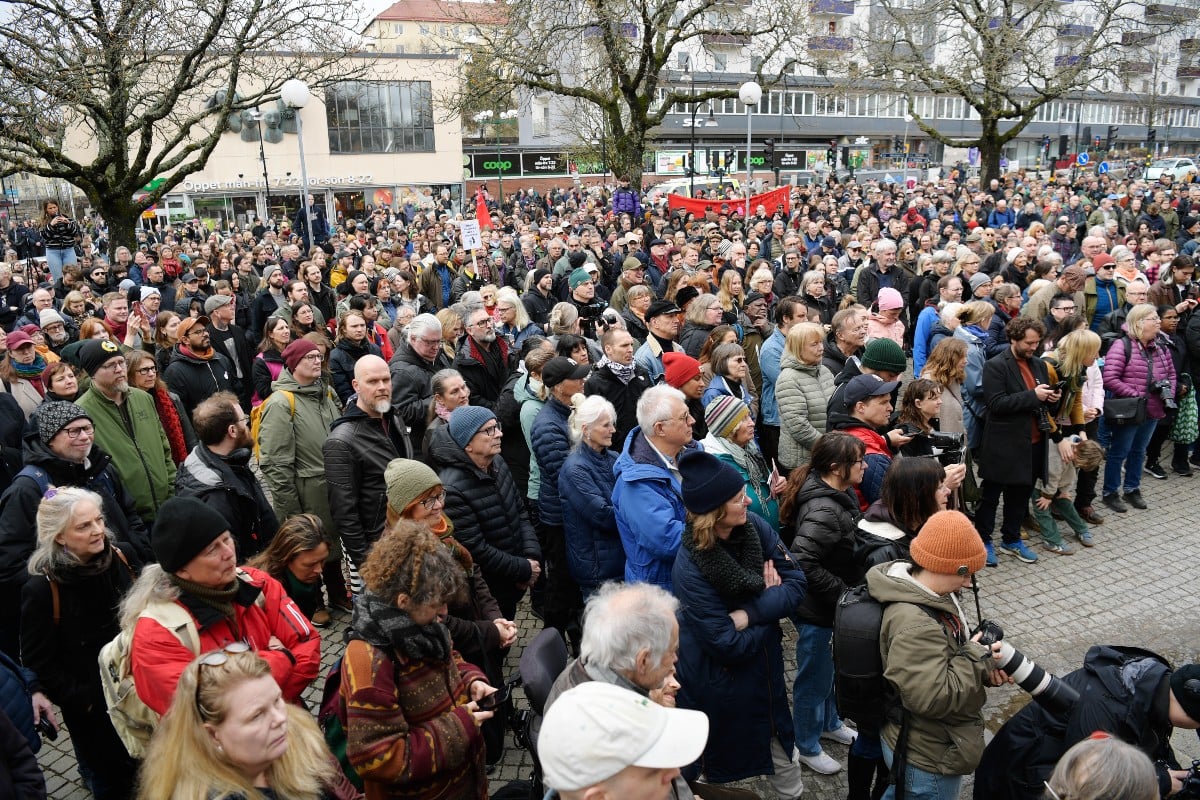The Swedish Council for Crime Prevention (Brå) presented a new report on Tuesday, which highlights crime trends up until the year 2015 (it does not include figures from 2016, which are still preliminary).
It notes that the number of women killed by a current or previous partner has gone down by almost 20 percent since the early 2000s. In 2008-2013, an average of 13 women died every year as a result of domestic violence; down from an average of 17 in the first decade of the new millennium and the 1990s, according to Brå.
In 2014, a total of 16 women were killed by a partner or an ex, and 12 women were killed in 2015.
“Efforts to deal with mental illness and alcohol abuse are important, as well as increased attention from, for example, maternity care, schools and social services. There is also reduced tolerance of violence in society in general,” Brå investigator Nina Forselius told the TT news agency.
However, women's organization Unizon was reluctant to celebrate the figures just yet.
“Any reduction of male violence is welcome, but I don't think we should make too much of it when the numbers are this small. We're also seeing that other crimes which men expose women to are on the increase,” Unizon's secretary-general Olga Persson told TT.
READ ALSO: Why Sweden is NOT the rape capital of the world
Deadly violence in general has gone down in Sweden since the early 2000s. In 2001-2005 an average of 92 incidents were registered, compared to 85 on average in 2011-2015, according to Brå's report.
Incidents where the perpetrator and the victim do not know each other have gone down from around 12 cases a year in the early 2000s to ten a year in the past five years. This type of violence often takes place in public venues and both the victim and the offender are usually young men under the influence of alcohol.
Some kind of gun or firearm was used in around 31 percent of all cases of deadly violence in 2014-2015, up from around 22 percent in 2010-11. Brå attributes the rise mainly to an increased use of guns in, for example, gang conflicts and other conflicts specifically linked to criminal activity.
In total, men make up around 90 percent of offenders when it comes to deadly violence, and almost two thirds of the victims. When women commit an act of deadly violence, the victim is usually a man she has had some kind of relationship with (the most common scenario) or a child, according to Brå's report.
The average offender in 2000-2013 was aged 32 and the average victim 39.
Around 60 percent of offenders and almost a third of victims were unemployed or receiving some kind of jobless benefits in 2002-2013. “People involved in deadly violence to a large extent belong to socio-economically disadvantaged groups,” read Brå's report.
Since 2000, a suspect has been sentenced in around 80 percent of all cases of deadly violence, or died before conviction (but confirmed as the likely perpetrator). The majority of those sentenced were found guilty of murder, rather than manslaughter.
In the early 1990s, less than half were convicted of murder, compared to almost 80 percent in 2009-2013, a rise attributed to an increase in gang conflicts rather than, for example, domestic violence.
Read about Sweden's crime stats in 2016 here.
Read Brå's report here (in Swedish).




 Please whitelist us to continue reading.
Please whitelist us to continue reading.